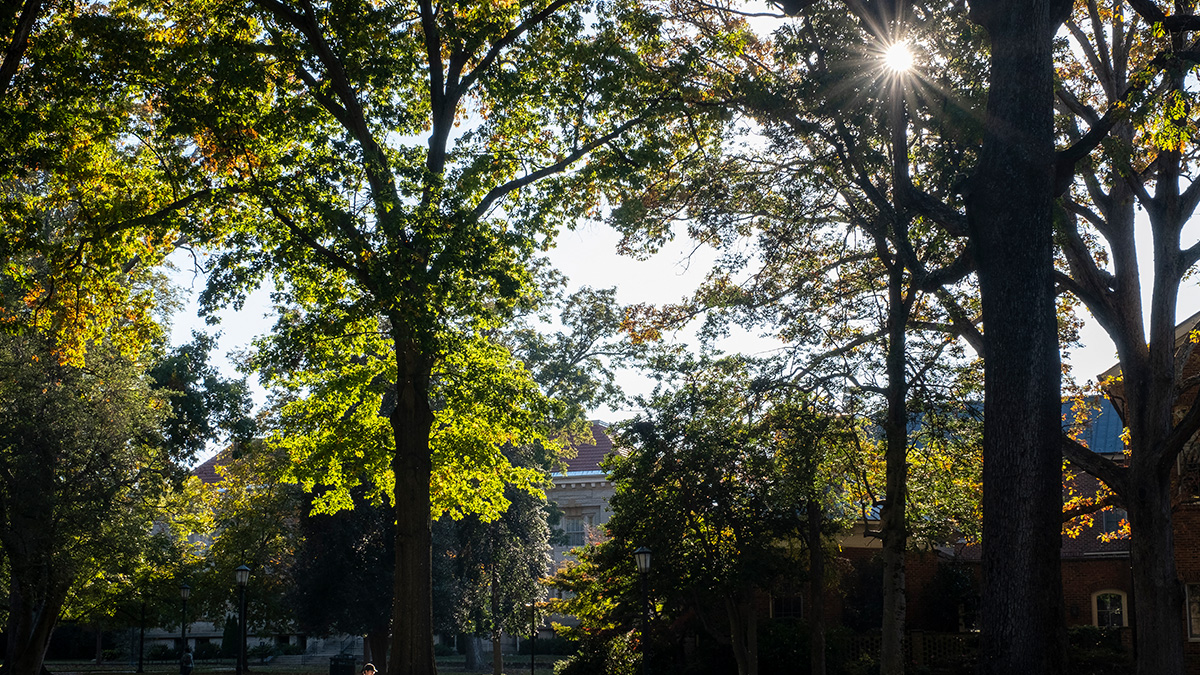Life cycle of a painting
“Portrait of a Young Lady” sat in storage at the Ackland Art Museum since its arrival there in 1968 — until UNC art history professor Christoph Brachmann pulled it from the vaults last year.

What happens to paintings between the time they leave an artist’s hand and arrive on the wall of a museum? Turns out that, like people, they change throughout their life cycle. They age, become damaged, are painted over — all of which may change their original essence. Then, once in the hands of the museum, they may undergo all sorts of scientific analysis and conservation efforts to attempt to discover and understand what is left of their original form.
Evidence suggests that the Ackland Art Museum’s “Portrait of a Young Lady, “thought to be created in 1522 by German Renaissance painter Barthel Bruyn, has led an interesting life. Though the painting was probably commissioned by an aristocratic, 16th-century German family, it traveled in and out of private collections until the Ackland purchased it in 1968. Not only has it been severely damaged and restored multiple times, but recent analysis shows intentional cracking or aging throughout and that the date and family crest are 18th– or 19th-century additions — all changes that have taken the painting farther and farther away from its original appearance.
“A painting like this presents the opportunity to bring together art historians, conservators, and scientists interested in the burgeoning field of the technical study of art,” said Peter Nisbet, the Ackland’s deputy director for curatorial affairs. “It’s proved to be less an important example of Bruyn’s portraiture of nearly 500 years ago, and more a case study in the life of an object, undergoing so many alterations and ‘improvements’ as to almost become a different picture.”
Brianna Guthrie, an art history graduate student at Carolina, agrees. “It’s an excellent example of how technical analysis can inform traditional scholarship,” she said. “Testing and imaging will help us answer some of the most basic — and vital — questions about the painting like who, where, how, and why?” The Ackland’s 2017 Joan and Robert Huntley Scholar, Guthrie participated in the beginning of this extensive research project, helping unravel the mystery behind the “Portrait of a Young Lady’s” life.
Once UNC art history professor Christoph Brachmann pulled the painting from the Ackland’s storage, the museum invited several art historians and experts on 16th-century German paintings to view the piece. After brief examination and discussion, the museum decided to pursue further study on the picture to determine attribution and its condition under the varnish.
Read and see more photos at Endeavors.




